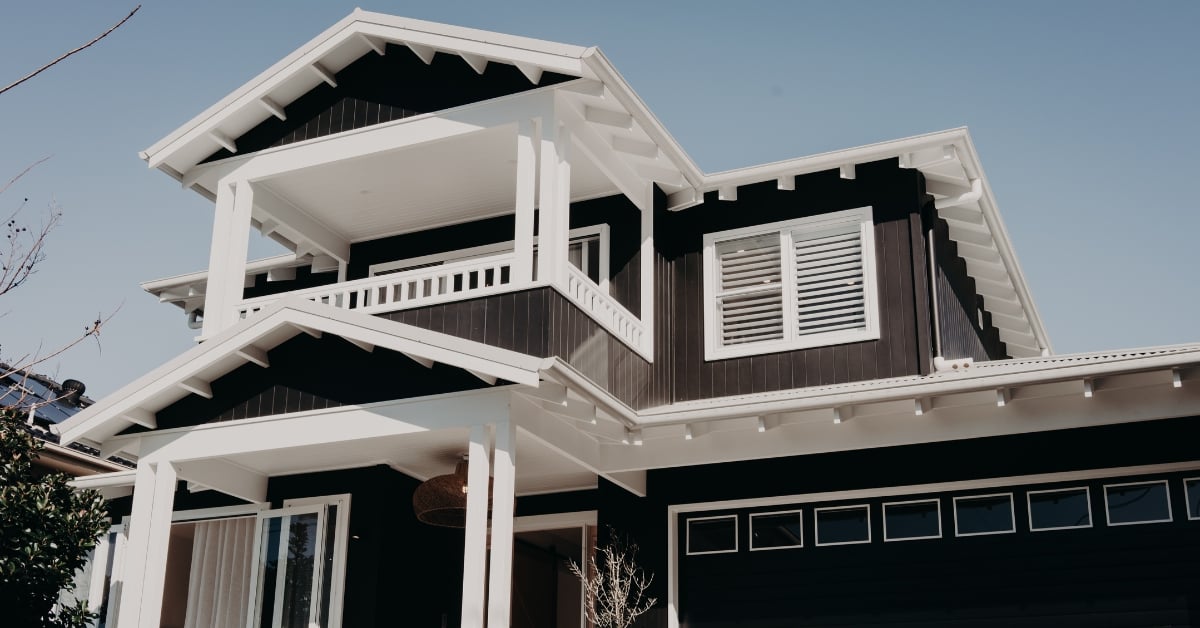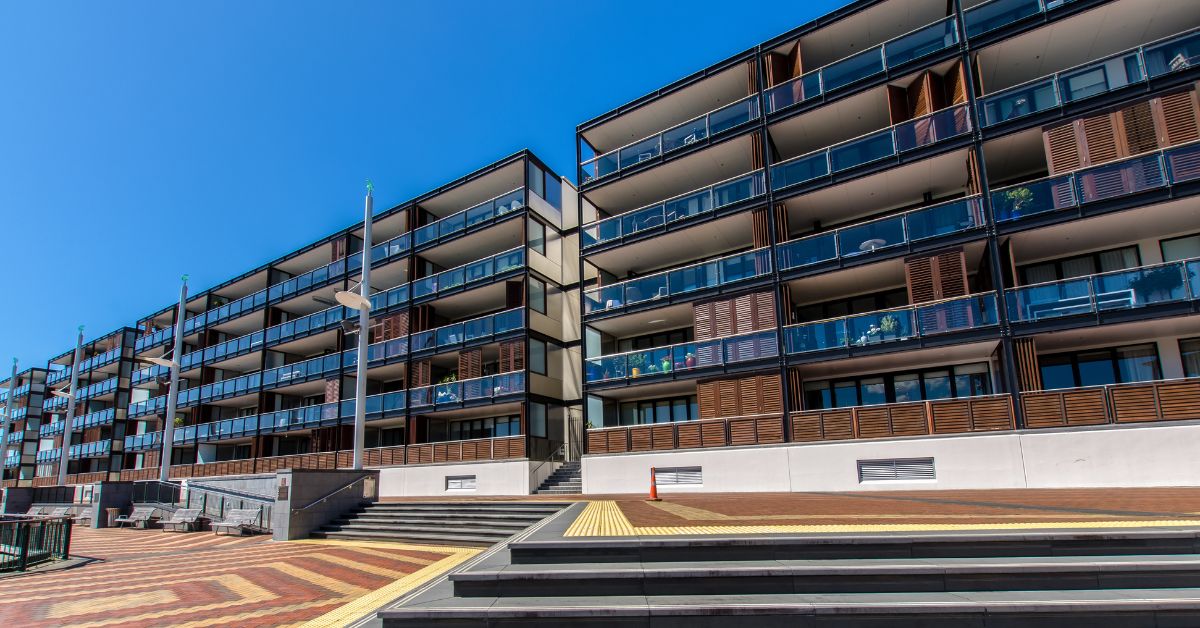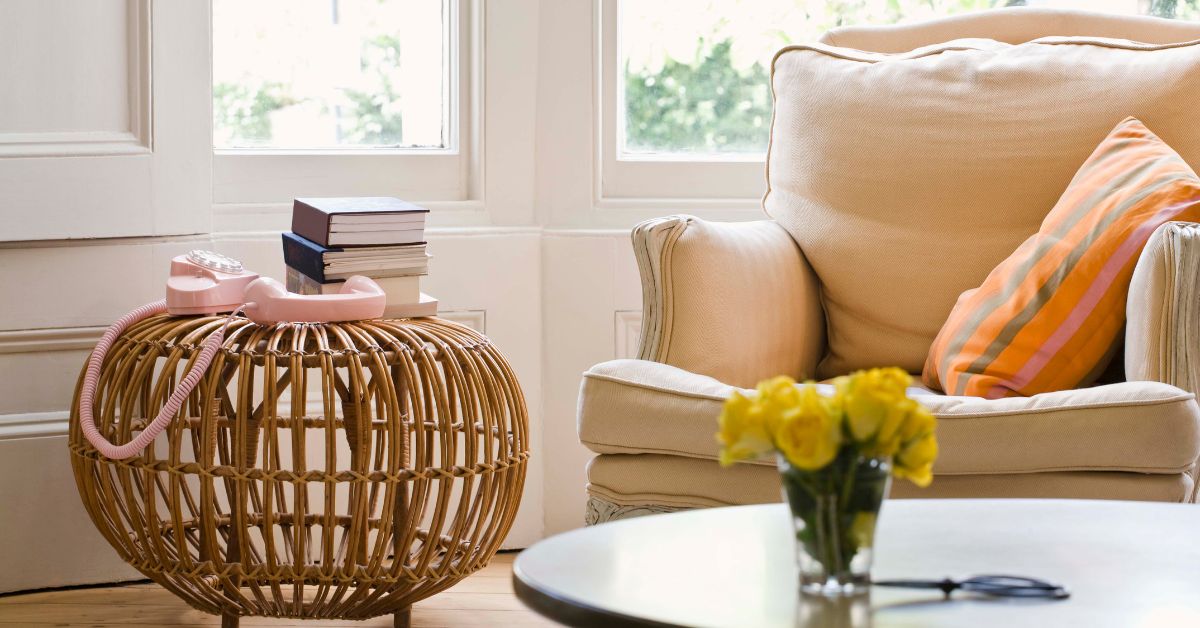What Landlords Need to Know About Meeting Healthy Home Standards

As a landlord it is crucial to understand and comply with the Healthy Homes Standards (HHS) to ensure your rental properties provide safe and healthy living conditions for tenants. The standards cover various aspects of the home environment, including heating, insulation, ventilation, moisture ingress and drainage, and draught stopping.
Key compliance dates
1 July 2024: All Kāinga Ora (formerly Housing New Zealand) and Community Housing Providers must comply with the Healthy Homes Standards. This early compliance requirement ensures that state and community housing tenants live in healthy and safe homes.
1 July 2025: Private landlords must ensure their rental properties comply with the Healthy Homes Standards by this date or within 120 days of renewing or signing a new tenancy, whichever is sooner. This staggered approach was established to allow landlords ample time to make necessary adjustments to their properties.
Key standards to meet
Heating: Rental homes must have fixed heating devices capable of achieving a minimum temperature of 18°C in the living room. This is to ensure that tenants can stay warm during colder months.
Insulation: Ceiling and underfloor insulation must meet the 2008 Building Code or be upgraded to this standard. Proper insulation helps maintain a consistent indoor temperature and reduces energy costs.
Ventilation: Adequate ventilation must be provided in all liveable spaces. This includes windows that can be opened in the living room, dining room, kitchen, and bedrooms, as well as extractor fans in kitchens and bathrooms to remove moisture and improve air quality.
Moisture ingress and drainage: Properties must have efficient drainage systems, including gutters, downpipes, and drains, to prevent water from entering the home. Additionally, ground moisture barriers are required in properties with enclosed subfloors to prevent dampness.
Draught stopping: Any gaps or holes in walls, windows, doors, floors, and ceilings that cause noticeable draughts must be filled. This helps maintain a stable indoor temperature and reduces the need for additional heating.
Penalties for non-compliance
Failing to comply with the Healthy Homes Standards can result in significant penalties for landlords. The Residential Tenancies Act allows the Tenancy Tribunal to impose financial penalties on landlords who do not meet these requirements. The penalties can be up to $7,200 for each breach, reflecting the seriousness of providing healthy living conditions for tenants.
The importance of compliance
Meeting the Healthy Homes Standards is not only a legal requirement but also an obligation to ensure that tenants live in safe, healthy, and comfortable homes. By complying with these standards, landlords contribute to the overall well-being of their tenants and the broader community.
As the deadlines approach, it is essential for landlords to take proactive steps to meet the Healthy Homes Standards. Conducting a thorough assessment of your rental properties and making necessary improvements will help you avoid penalties and ensure compliance. Investing in the health and safety of your tenants ultimately leads to more satisfied tenants, reduced vacancy rates, and a positive reputation as a responsible landlord.
For more detailed information and guidance on the Healthy Homes Standards, you can visit the official Tenancy Services website or talk to your property manager.
Share


